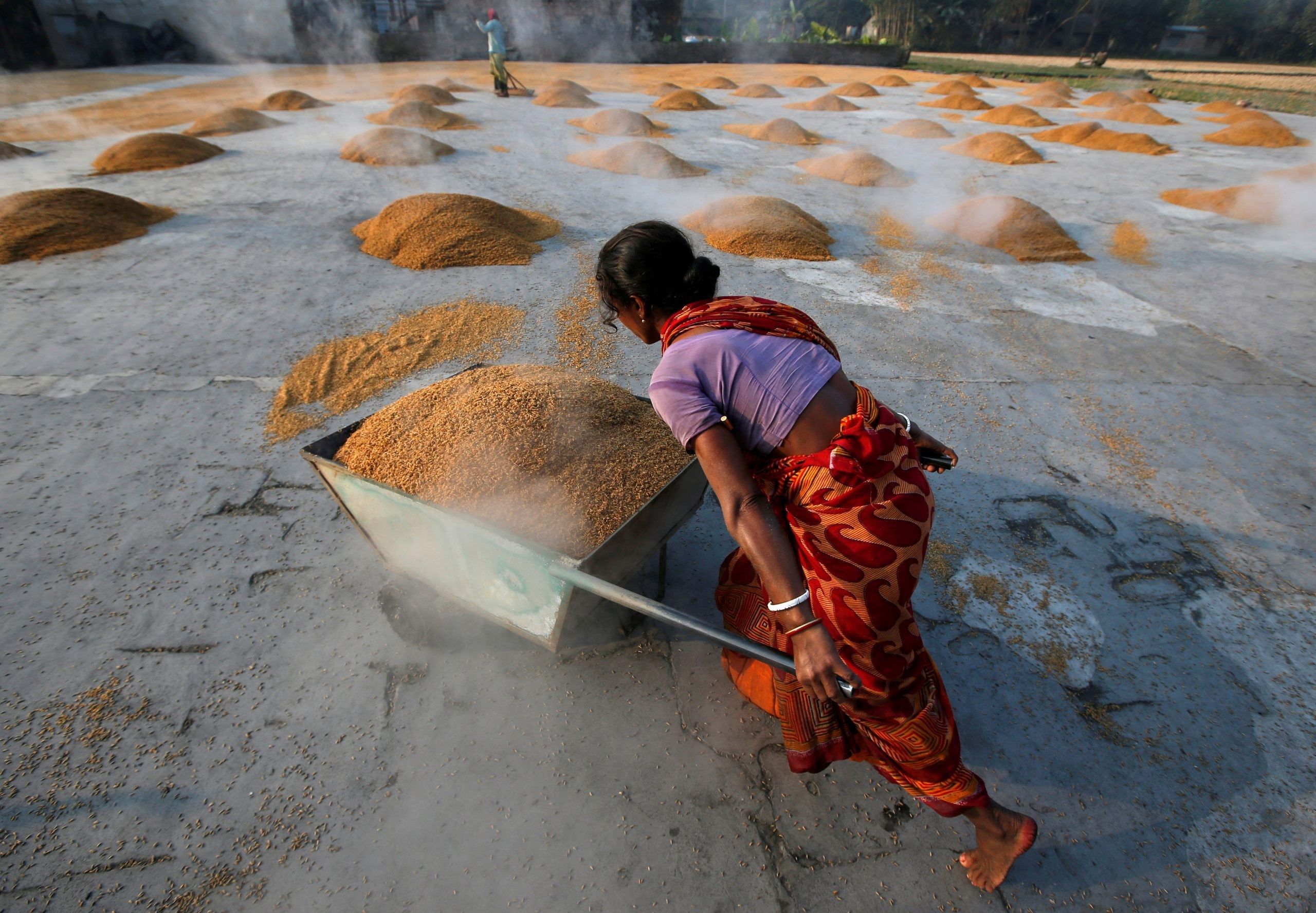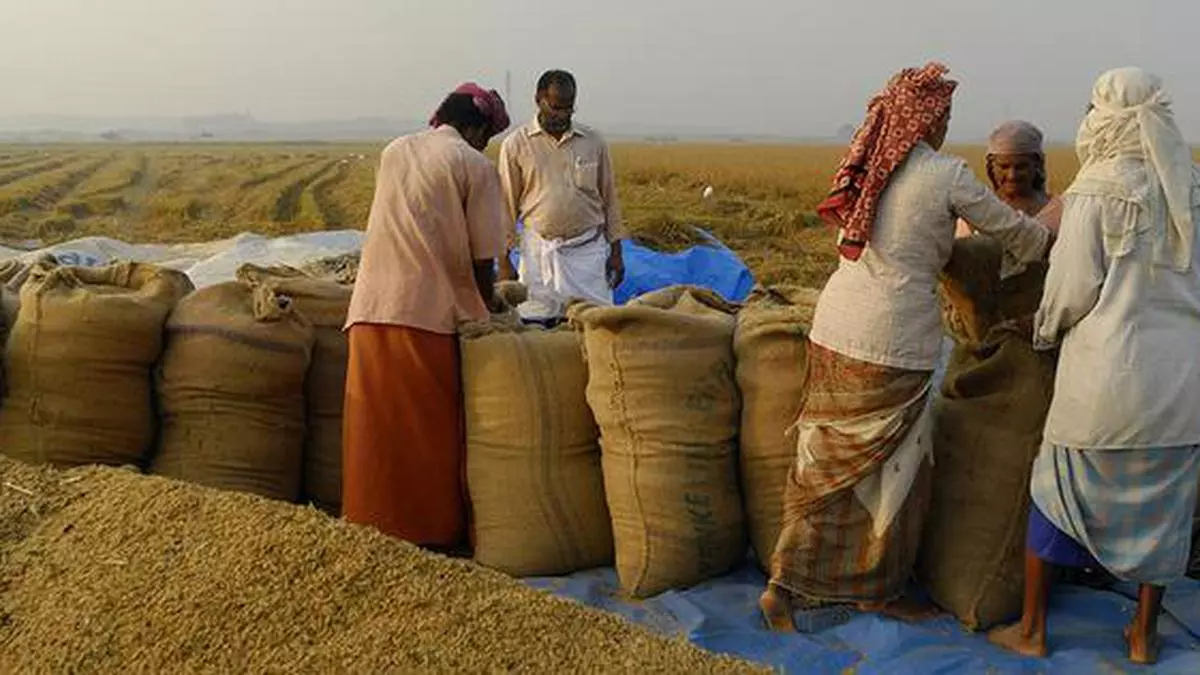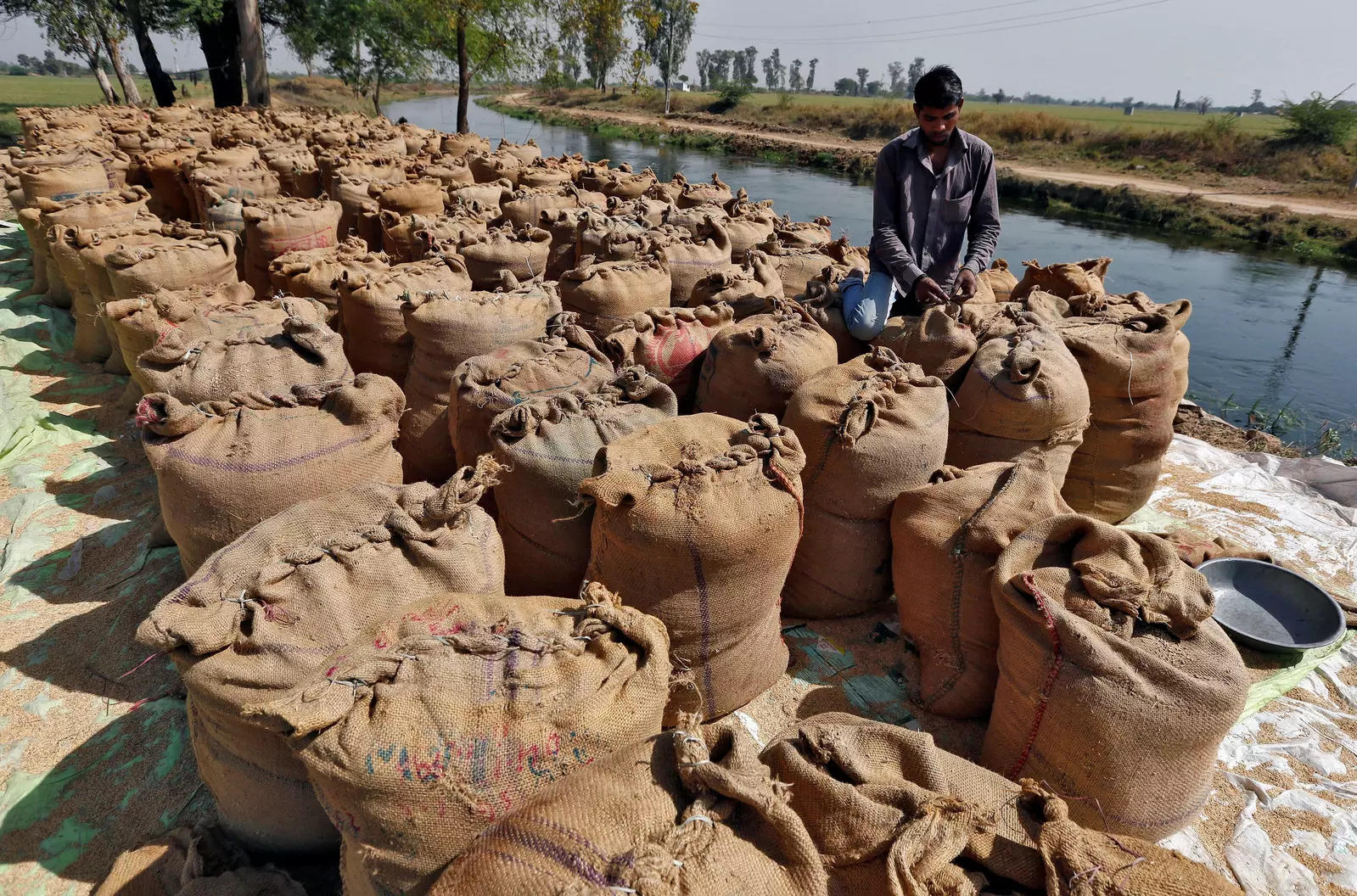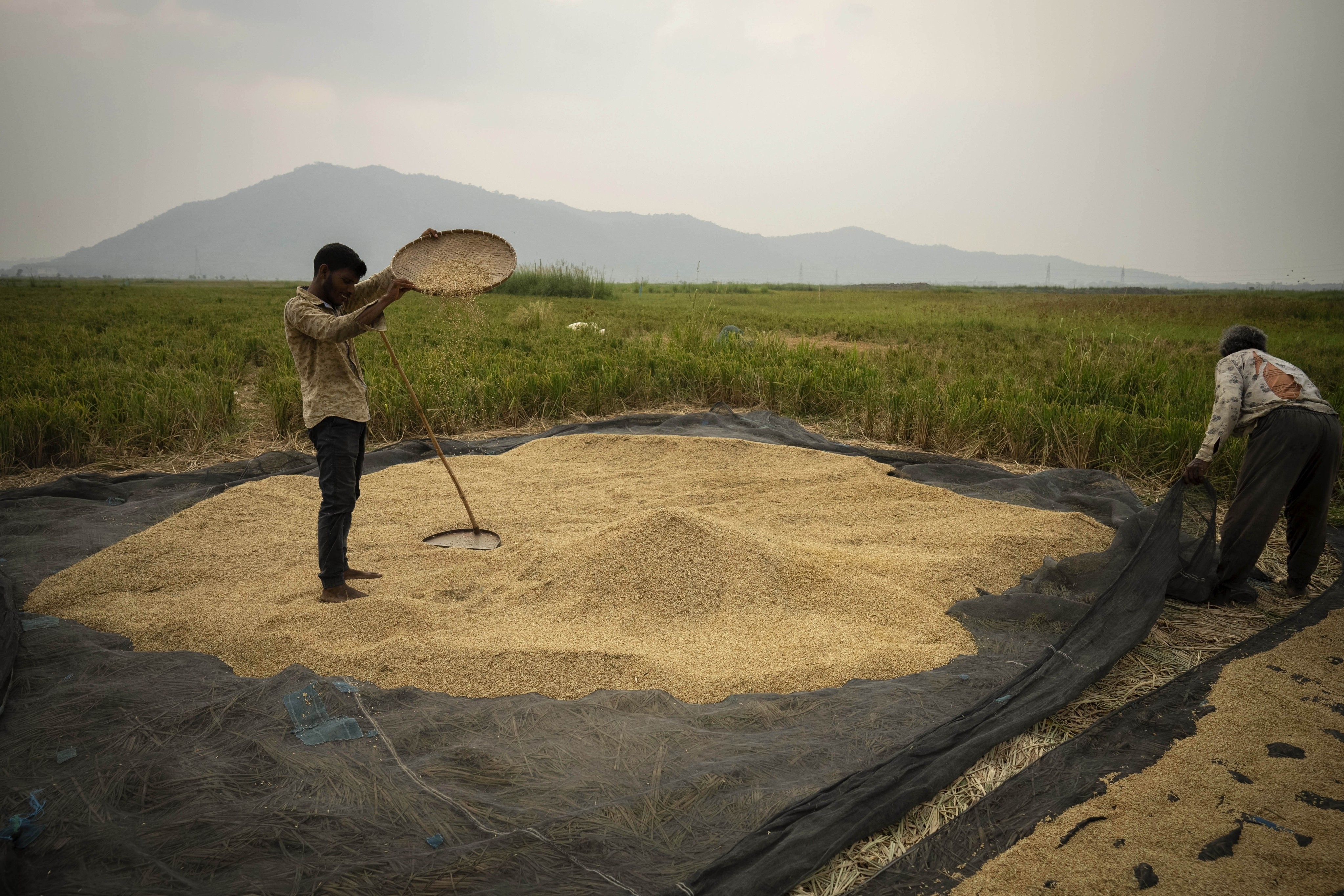Impact of India’s Non-Basmati White Rice Export Ban – An Explainer 2023

Impact of India’s Non-Basmati White Rice Export Ban – An Explainer 2023
In the last ten years, India has surpassed Vietnam and Thailand to become the world’s top rice exporter. In terms of rice production, it is second only to China.
On July 20, India prohibited the export of non-basmati white rice to lower the country’s high grain costs. As the largest rice exporter in the world since 2012, the nation was responsible for more than 40% of the 55.6 million tonnes (mt) of rice traded globally in 2022. Sandip Das explains the effects of the limitations.

In the last ten years, India has surpassed Vietnam and Thailand to become the world’s top rice exporter. In terms of rice production, it is second only to China. From little under 5 mt of exports in 2012–2013, rice shipping surged by more than 340% in 2022–23, and its worth exceeded $11 billion in the most recent fiscal year. India has been increasing its rice exports despite enacting a 20% export tariff on white rice in September of last year.
In FY23, India sold basmati and non-basmati white rice to more than 140 nations. The embargo would affect the shipping of white rice in the upcoming months. The neighbouring countries of Nepal and Bangladesh, the African nations of Madagascar, Benin, Kenya, and the Ivory Coast, and several Asian nations, including the UAE, Indonesia, and Malaysia, would be most affected.
The Centre said that limiting white rice exports would increase local supply to lower grain inflation, double-digit since October of last year. The retail price index for rice in October 2022 was 10.21%. In June 2023, this increased to 11.78%. This was despite the crop year 2022–2023’s anticipated record 135.5 mt of rice being produced.
India exported a record 22.34 mt of rice in FY23 to more than 140 different nations. In Q1FY24, according to authorities from the food ministry, India’s exports of white rice increased by 35% year over year to 1.5 mt due to the geopolitical environment, the threat posed by El Nino to the world’s rice production, and irregular weather patterns in the major exporting nations, among other factors.

Even though the rice area has increased by 1.8% and paddy transplanting has been finished in around 60% of the usual seeded area as of July 28, the decision to limit exports is being made to avoid supply shortages in the coming months.
The International Monetary Fund (IMF) declared that it would ‘urge’ India to lift the limitations affecting global inflation. According to IMF Chief Economist Pierre-Olivier Gourinchas, these limitations will likely make food prices volatile elsewhere. There are also rumours that the cost of white rice (with around 5% broken grains) increased last week in Thailand, the second-largest rice exporter, by about $35 per tonne to $569/tonne.
The Food and Agriculture Organisation has raised concerns regarding such limitations on transporting grains. India has, though, expressed a willingness to consider addressing the government-to-government (G2G) demands for food security in several nations. As an illustration, since India banned the export of broken rice in September of last year, about 1 MT of broken rice has been sent to Indonesia, Senegal, Gambia, Mali, and Ethiopia.

According to traders, the price of white rice (with 5% broken) has decreased from the pre-export restriction level of Rs 31/kg to Rs 28/kg. A tepid reaction has been received from the Food Corporation of India (FCI), attempting to offer rice to bulk customers through online auctions at a price 11% below the economic cost (at Rs 31/kg). Only 570 tonnes were sold by FCI in the previous four weeks. It possessed rice stocks of 38.6 mt as of July 26, 2023 (with 13.89 mt to be received from millers), significantly more than the buffered standard of 10.25 mt for October 1.
To draw purchasers, the Centre will need to lower the price of rice under the Open Market Sale Scheme (OMSS). Stocks are enough for selling on the open market and disbursing PDS. Premium non-basmati rice types, including Sona Masoori, Samba Mashsuri, JRR, and HMT, are likely to be affected, according to rice exporters. Significant markets exist for these kinds in South East Asia, Gulf, US, and European nations.
According to the food ministry, around 6 mt of white rice would be exported, with 50% of the trade supplied by India and the remaining 40% by Vietnam and Thailand.
Exporters also stated that after evaluating the kharif production possibilities (which account for 80% of rice output) for the 2023–24 crop year (July–June), the government may decide to resume raising white rice exports by the end of the year.

The export of non-basmati white rice has been an essential aspect of India’s agricultural trade. In 2023, the Indian government decided to ban non-basmati white rice exports, creating substantial implications for domestic and global markets.
India is one of the world’s largest producers and exporters of rice, particularly non-basmati white rice. The decision to ban these exports was a response to factors such as internal demand, climatic conditions, and global market dynamics. Here’s a detailed look at how these factors contributed to this significant move.
With a growing population and the need to ensure food security, India’s internal demand for rice has been steadily increasing. Non-basmati white rice is a staple diet for a large part of the population, and the government took this step to ensure enough supply to meet domestic consumption.
Erratic weather patterns and natural disasters have led to fluctuations in rice production. A decline in yield may have contributed to the decision to halt exports, as the government looked to safeguard the domestic supply.
Global economic factors, including the trade policies of other major rice-exporting countries, fluctuating prices, and geopolitical tensions, may also have played a role in restricting exports.
The ban has had an immediate economic impact on farmers, traders, and the overall agricultural sector in India. Exporters who relied heavily on international markets found their business prospects dwindling overnight.

The decision may lead to a rethinking of agricultural practices and strategies. Farmers may be inclined to switch to other crops if the non-basmati white rice market becomes less lucrative.
Countries that relied heavily on India’s non-basmati white rice scrambled to find alternative suppliers. This led to a potential increase in global prices, impacting consumers and governments in many rice-importing nations.
The sudden absence of one of the world’s leading suppliers led to a reconfiguration of the global rice market. Other nations have had to fill the void, which might lead to long-term shifts in global trade dynamics.
India’s ban on the export of non-basmati white rice is a multifaceted issue with wide-ranging implications. It is a complex interplay between domestic necessities and global market forces, reflecting the delicate balance that large agricultural producers must maintain.
The decision has significant consequences for farmers, exporters, and consumers in India and globally. As the situation evolves, monitoring these effects and the potential long-term changes to India’s agricultural sector and the global rice market will be essential.

This policy’s future developments will warrant scrutiny from policymakers, economists, and stakeholders in the agricultural sector to ensure that food security and economic stability are met while minimizing negative repercussions on the global trade ecosystem.




